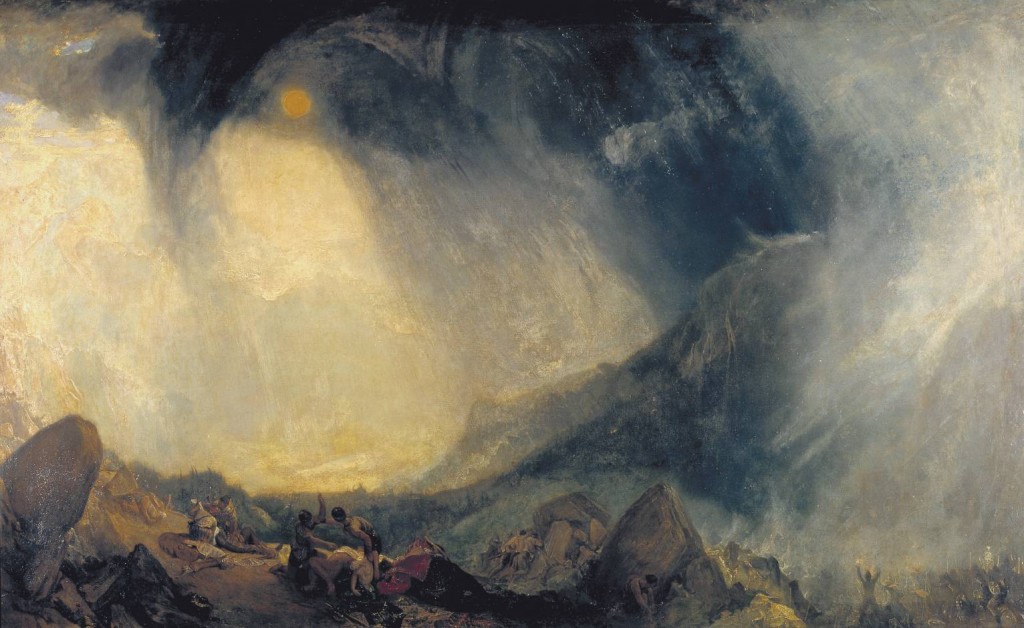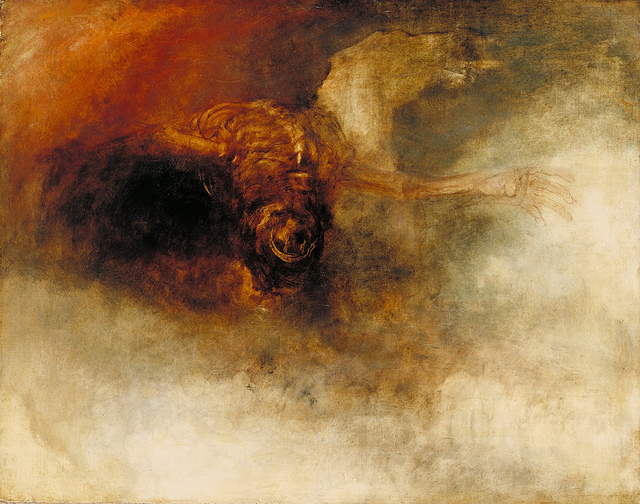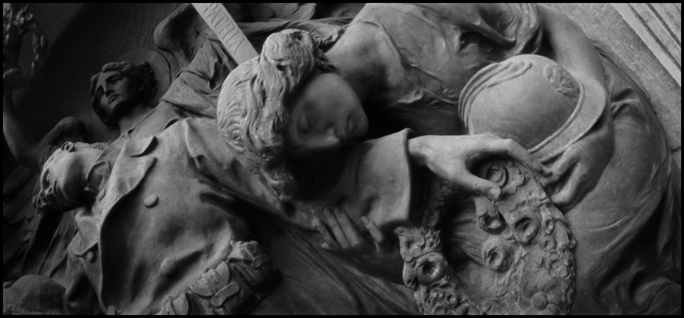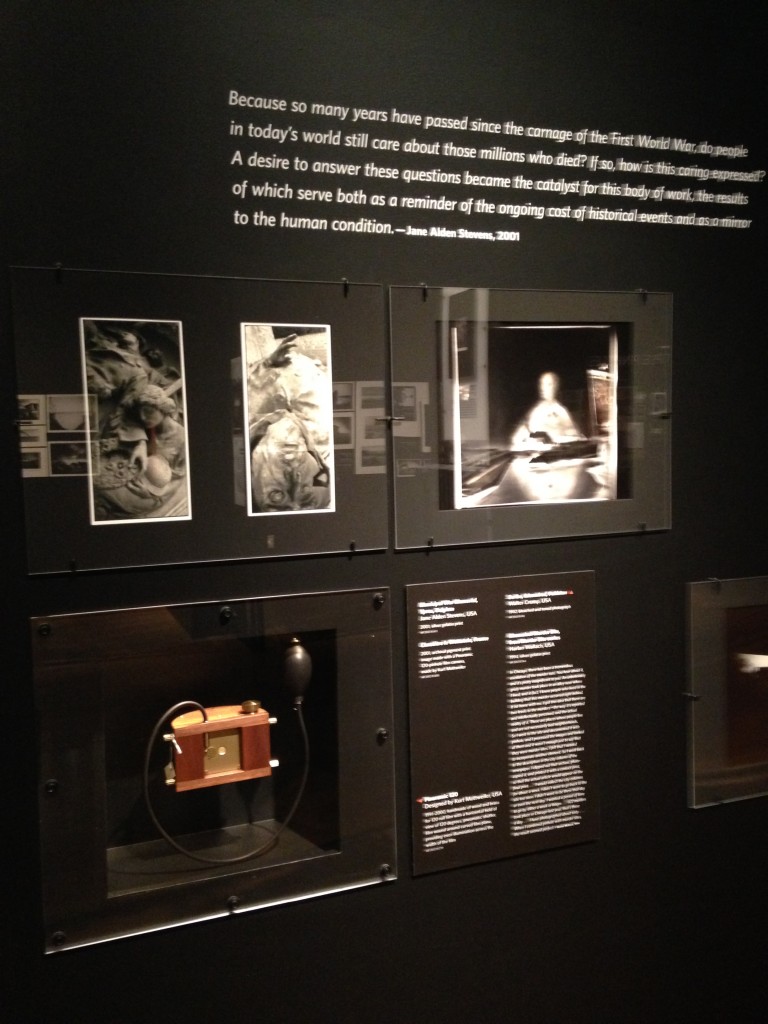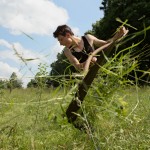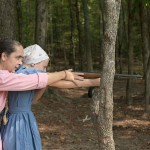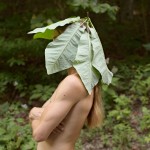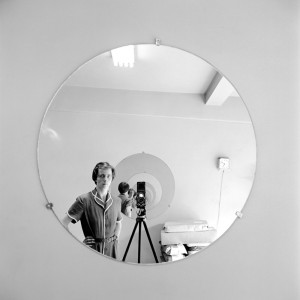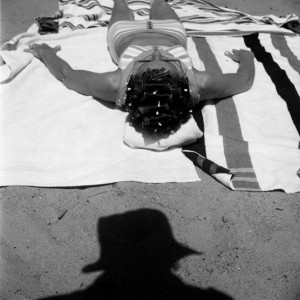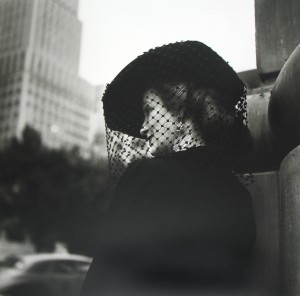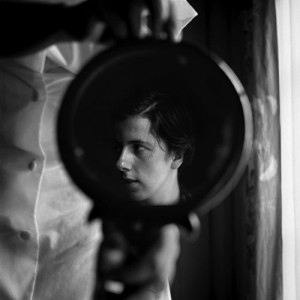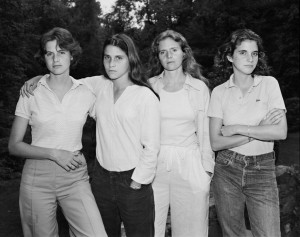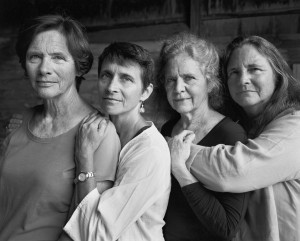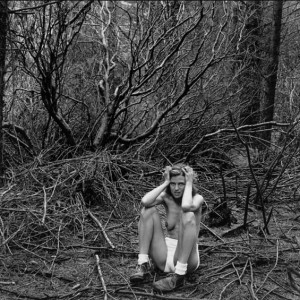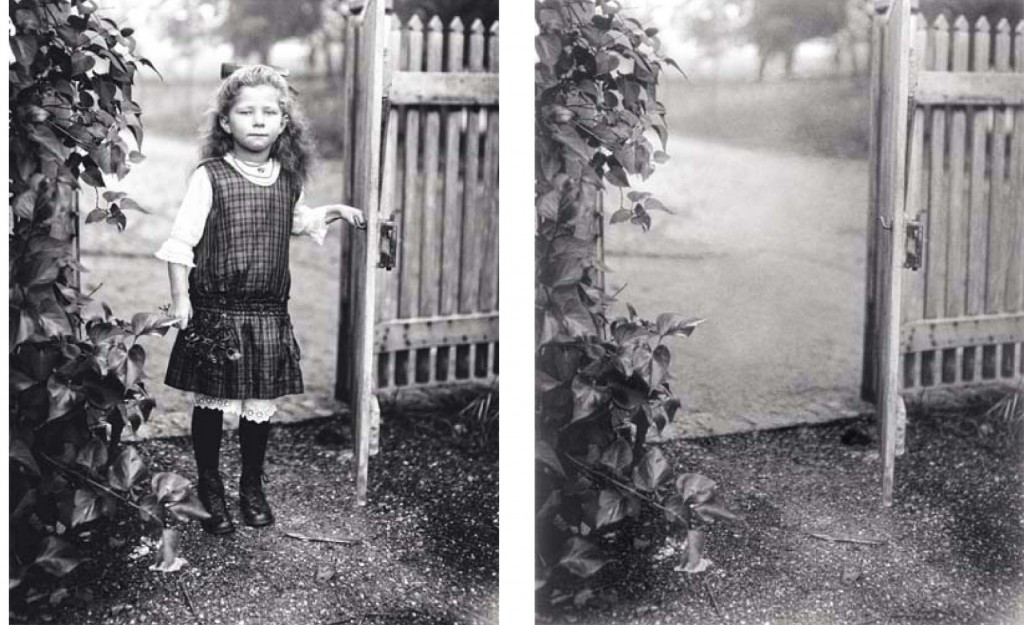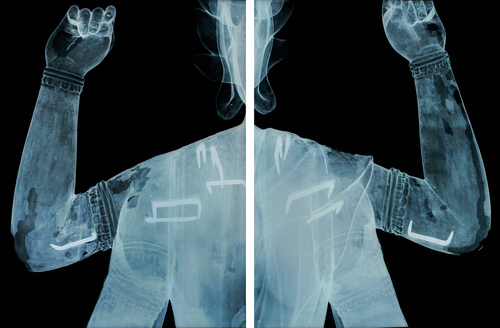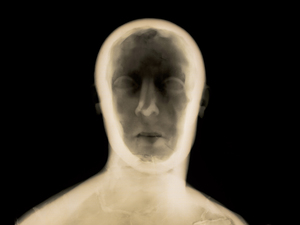I saw a show a few months ago that made me angry. When I realized that I was angry, I stopped to ask myself why. The subject matter of the photographs was landscapes, the pictures were impeccably printed and presented cleanly. Straight photography at its best. At first glance, it seemed absurd that I would get angry about work like this. But then it dawned on me that this particular work belonged to a long and powerful photographic tradition of Modernism that still resonates today. When I first became involved with photography in the 1980's, this approach to the medium was everywhere. It was the kind of photography that got the most accolades and attention from the mainstream media and the public. It was what was (mostly) taught in schools. At the same time, the Postmodern approach to photography was extremely popular in galleries and museums, and that was mostly what art critics were championing.
I didn't feel at home in either camp. The issues that Postmodernism examined were not the kinds of things that I was interested in. But neither was I comfortable with the kind of approach that had made the Modernists so successful in the early to mid 20th century, particularly as it related to subject matter. I found both approaches, with a few exceptions, to be relatively dry spiritually and emotionally. They held no magic for me, and didn't speak to me in a way that I could respond to.
Seeing the exhibit of landscape photographs mentioned above generated anger because it made me realize just how powerful an influence the Modernist male photographers in particular had on me at that time. The show represented everything I don't want to be as an artist. Seeing this work made me realize that I have been constantly fighting off the voices that were most dominant during my photographic coming-of-age. A lot of my creative struggles have sought to inject passion, emotion and narrative into my subject matter, to make photographs that speak to people personally, to make them relatable.
The takeaway? Influences can not only be positive, they can also be negative.
But the fact that they can be negative is not necessarily a bad thing. In my case, it has forced me to define for myself exactly what I want my creative voice to be. I recognize that parts of my process are more Modernist than not, but feel that the content of most of my work departs in large part from that mold.
